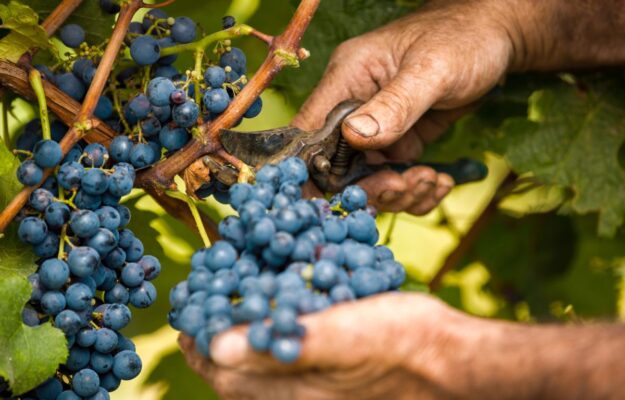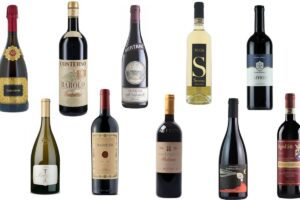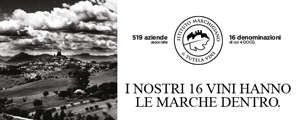An 8% increase in the harvest compared to 2023, defined as a “disastrous” year, despite the bad weather and drought that continue to weigh on the “Italian Vineyard”: these are the first estimates of the 2024 grape harvest according to a Coldiretti/Centro Studi Divulga survey, which speaks of a wine production of between 41 and 42 million hectoliters, well below the average of recent years. A survey presented ahead of the G7 Agricoltura on the island of Ortigia (September 21-29). A grape harvest, Coldiretti writes, that has now entered its prime and continues to see Italy split in two. In the North, the bad weather, with the intense rains and hailstorms of spring and early summer, has put a strain on the work of winegrowers, forcing them to numerous interventions for the phytosanitary defense of the vineyards, especially for the organic ones. In addition, on some varieties the excess rain cut and “lightened” the bunches: contrary to what happened in the South, the harvest began with a delay of 10 to 15 days compared to last year and an expected deadline of mid to late October with the later grapes (Cabernet/Nebbiolo/Raboso) and in the higher hill areas (Valtellina). In the Center-South, the harvest, on the other hand, will go on until the first decade of November, with the picking of late-ripening grapes (Aglianico) in the inland and high hill areas (Irpinia). In these areas - Coldiretti continues - the situation has slightly improved compared to last year, which was characterized by attacks of downy mildew, the disease that affects the vine, but vine growers still had to deal with drought, particularly in the lower Adriatic (South Abruzzo/Molise/Apulia) or again in Basilicata, Calabria, Sicily and Sardinia. The continuing lack of rain led to sharp drops in production, especially where relief irrigation was not possible. The vine has, in fact, gone into distress with problems for shoot development that will also affect the upcoming 2025 harvest. Drought and record heat also led to an early harvest, which was even triggered in the second half of July in Sicily. Fortunately, the average expected quality ranges from good to very good/optimal for areas that have had a positive climatic course. Not surprisingly, according to a Divulga-Ixè survey, 76% of producers expect the quality of the next harvest to be higher than past vintages. In particular, for 57% of the entrepreneurs surveyed, the 2024 harvest will be of good quality, while for 19% even excellent. A sign of how Italian winemakers have been able to put in place suitable cultivation techniques to ensure an adequate level of quality even in the presence of weather anomalies, but this challenge is becoming increasingly difficult due to climate change. A factor that - Coldiretti points out - has also affected production costs, reducing margins and profitability of companies that are also having a lot of difficulty in keeping their commitments with respect to sector measures (restructuring and reconversion of vineyards, investments and promotion), with the real risk of losing precious resources from the EU budget. Hence the trade association’s request to EU and national institutions for concrete strategies for the sector, starting with funding for research and investment to counter and mitigate the adverse effects of climate change, with a central role played by Assisted Evolution Techniques (Tea) and Precision Agriculture (Adp). Among the proposals put forward by Coldiretti’s Wine Council are also greater flexibility in the management of replanting authorizations by lengthening their duration, EU resources allocated to the sector, for example with the possibility of transferring a percentage of the resources to the next budget, the establishment of an extraordinary national fund for emergencies, bureaucratic simplification measures and the possibility of opening up the promotion of wine and wine-growing territories with wine tourism even within the EU. This could support a growing sector with the right means and try to counter the current demonization that simplistically considers wine as an alcoholic beverage harmful to health without distinguishing between moderate consumption and abuse. According to Coldiretti’s estimates, wine tourism is such a fast-growing sector that in 2024 the record of six million nights spent the previous year among the vineyards was surpassed, with the aim of experiencing the world of wine in agritourism facilities, bed & breakfasts and vacation homes. A new way to support an Italian production that - Coldiretti stresses - can count on 635 varieties entered in the vine register, twice as many as the French, with bottles made in Italy destined for about 70% for Docg, Doc and Igt with 529 wines with geographical indication recognized in Italy and the remaining 30% for table wines. A heritage that is also a protagonist abroad with wine representing the first item of Italian exports, with a value that in the first six months of the year amounted to 3.9 billion euros, up 3% compared to the same period in 2023, according to Coldiretti analysis of Istat data.
Copyright © 2000/2026
Contatti: info@winenews.it
Seguici anche su Twitter: @WineNewsIt
Seguici anche su Facebook: @winenewsit
Questo articolo è tratto dall'archivio di WineNews - Tutti i diritti riservati - Copyright © 2000/2026







































































































































































































